Home>Gardening & Outdoor>Landscaping Ideas>How To Grow Grass In Clay Soil
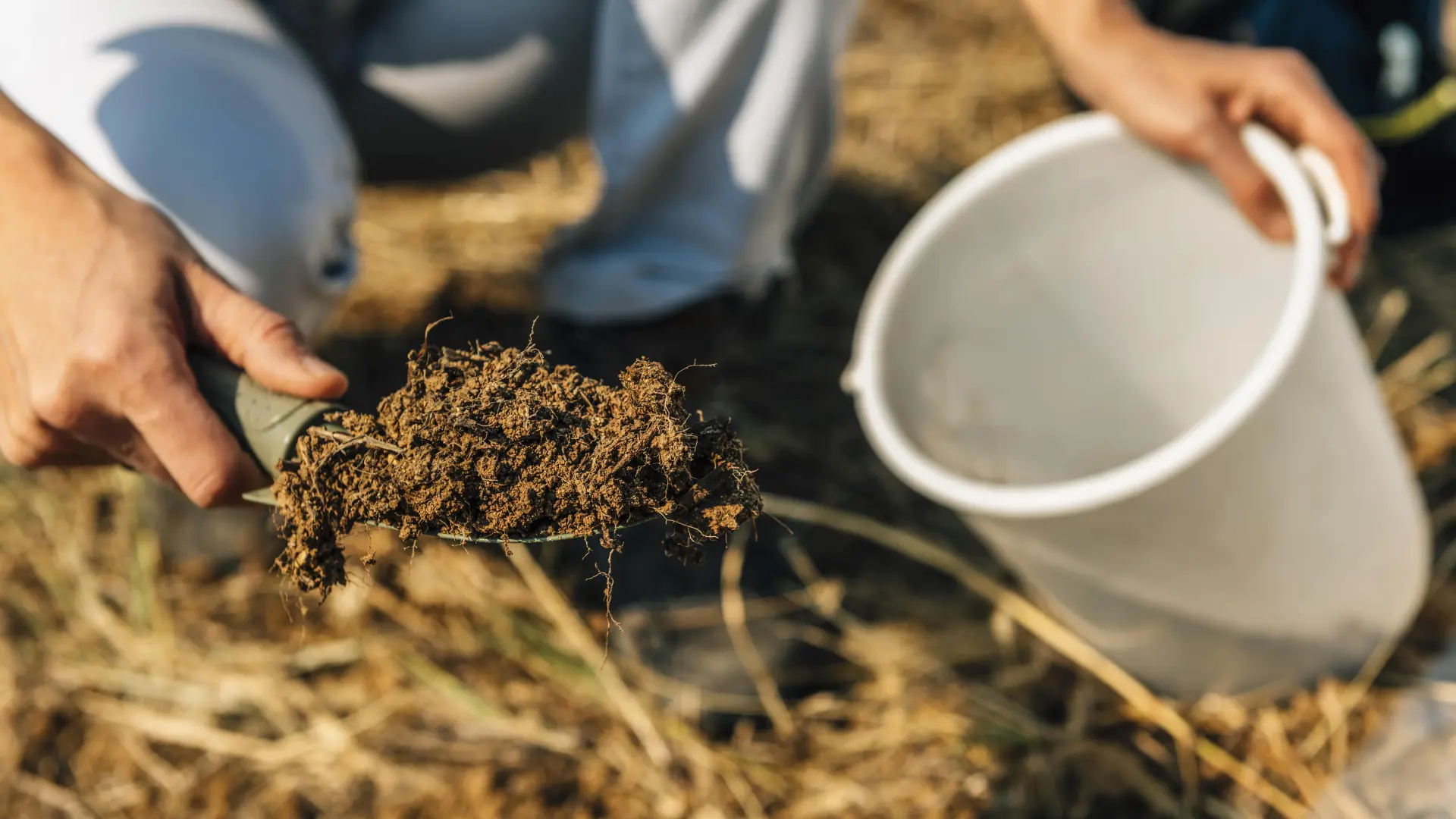

Landscaping Ideas
How To Grow Grass In Clay Soil
Published: January 26, 2024
Learn effective landscaping ideas for growing grass in clay soil. Discover expert tips and techniques to improve your lawn in challenging soil conditions.
(Many of the links in this article redirect to a specific reviewed product. Your purchase of these products through affiliate links helps to generate commission for Storables.com, at no extra cost. Learn more)
Introduction
So, you've got a yard with clay soil, and you're dreaming of a lush, green lawn that's the envy of the neighborhood. While clay soil can present some challenges when it comes to growing grass, with the right approach and a bit of know-how, you can absolutely achieve the lawn of your dreams.
In this comprehensive guide, we'll walk you through the process of growing grass in clay soil, from understanding the unique properties of clay soil to choosing the right grass seed and caring for your newly planted lawn. By the time you've finished reading, you'll be equipped with the knowledge and confidence to tackle this project head-on.
Whether you're a seasoned gardener or a complete novice, this guide is designed to provide you with practical tips and expert advice that will set you on the path to success. So, roll up your sleeves, grab your gardening gloves, and let's dive into the wonderful world of transforming clay soil into a thriving carpet of green grass.
Key Takeaways:
- Transforming clay soil into a lush lawn requires adding organic matter, aerating the soil, and choosing the right grass seed. With patience and care, you can overcome clay soil challenges and create a vibrant outdoor oasis.
- To grow grass in clay soil, prepare the ground with compost, aerate the soil, and choose grass seed suited for compacted soil. Consistent watering and attentive care will nurture a resilient and beautiful lawn.
Read more: What Grass Will Grow In Clay Soil
Understanding Clay Soil
Clay soil is known for its unique properties that can both benefit and challenge gardeners. Its fine particles allow it to retain moisture well, which can be advantageous during dry periods. However, it also tends to compact easily, leading to poor drainage and difficulty for plant roots to penetrate.
When it comes to growing grass, it’s essential to understand how clay soil behaves and how it can impact the success of your lawn. One of the primary challenges of clay soil is its tendency to become waterlogged, especially during rainy seasons. This can suffocate grass roots and create an environment where fungal diseases thrive.
Furthermore, the compact nature of clay soil can make it difficult for grass roots to establish and spread. This can result in stunted growth and an overall unhealthy lawn if not properly addressed.
On the bright side, clay soil is typically rich in essential nutrients that are beneficial for plant growth. However, accessing these nutrients can be a challenge if the soil is too compacted for roots to reach them.
Understanding the unique qualities of clay soil is the first step in successfully growing grass in this type of environment. By acknowledging its strengths and weaknesses, you can tailor your approach to maximize the benefits and mitigate the challenges.
Preparing Clay Soil for Grass
Before you start planting grass in clay soil, it’s crucial to prepare the ground to create an optimal environment for healthy growth. The primary goal of soil preparation is to improve drainage, prevent compaction, and enhance the soil’s ability to support grass roots.
One effective method for preparing clay soil is incorporating organic matter, such as compost or well-rotted manure. These materials help to improve soil structure, making it less prone to compaction while also enhancing its ability to retain moisture without becoming waterlogged. When mixed into clay soil, organic matter creates air pockets and encourages the development of a healthier root system for your grass.
Another essential step in preparing clay soil is to aerate it. Aerating involves perforating the soil with small holes to alleviate compaction and improve air circulation. This process allows water, nutrients, and oxygen to reach the grassroots, promoting their development and overall health.
Furthermore, incorporating sand into clay soil can also aid in improving its texture and drainage. However, it’s important to exercise caution with this approach, as excessive sand can result in a cement-like consistency in the soil, further exacerbating drainage issues.
Lastly, leveling the soil surface is crucial for achieving an even and aesthetically pleasing lawn. This can be achieved by using a rake or specialized leveling tools to create a smooth and uniform surface for planting the grass seed.
By taking the time to properly prepare the clay soil, you’re setting the stage for successful grass growth. The efforts invested in soil preparation will pay off in the form of a healthier, more resilient lawn that can thrive in spite of the challenges posed by clay soil.
Choosing the Right Grass Seed
Selecting the appropriate grass seed for your clay soil is a critical decision that can significantly impact the success of your lawn. When choosing grass seed, it’s essential to consider factors such as climate, sun exposure, and the specific characteristics of clay soil.
For clay soil, it’s advisable to opt for grass seed varieties that are known for their tolerance to compacted soil and ability to withstand periods of both moisture and drought. Tall fescue and Kentucky bluegrass are two popular choices known for their resilience in clay soil conditions.
Tall fescue is a hardy grass variety that thrives in clay soil and exhibits excellent drought tolerance. Its deep root system allows it to access moisture and nutrients from deeper layers of the soil, making it well-suited for the challenges posed by clay soil.
Kentucky bluegrass is another favorable option for clay soil, known for its ability to form a dense, lush lawn. It exhibits good tolerance to foot traffic and has a high recuperative capacity, making it an ideal choice for lawns that will be frequently used for recreational activities.
When selecting grass seed, it’s also important to consider the specific conditions of your yard, such as sun exposure and potential areas of shade. Some grass varieties are better suited for full sun, while others thrive in partially shaded environments. By choosing a grass seed that aligns with the sunlight conditions in your yard, you can ensure the best possible outcomes for your lawn.
Additionally, consider the climate in your region when choosing grass seed. Certain grass varieties are better suited for warm climates, while others thrive in cooler temperatures. By selecting grass seed that is well-adapted to your local climate, you can set the stage for a healthy and resilient lawn.
By carefully considering these factors and selecting the right grass seed for your clay soil and specific environmental conditions, you’re laying the groundwork for a thriving and resilient lawn that will enhance the beauty of your outdoor space.
Planting Grass in Clay Soil
Planting grass in clay soil requires a strategic approach to ensure the successful establishment of a healthy lawn. By following the proper techniques and timing the planting process correctly, you can set the stage for robust grass growth in spite of the challenges posed by clay soil.
Before planting grass seed, it’s essential to ensure that the soil has been adequately prepared. This includes incorporating organic matter, aerating the soil, and leveling the surface to create an optimal environment for seed germination and root development.
When it comes to planting grass seed in clay soil, timing is crucial. Ideally, the best time for planting grass seed in clay soil is during the early fall or early spring. These timeframes offer favorable conditions for seed germination and establishment, as they coincide with milder temperatures and increased moisture levels, which are conducive to grass growth.
When planting the grass seed, it’s important to distribute it evenly across the prepared soil surface. This can be achieved using a seed spreader or by hand broadcasting the seed, ensuring thorough coverage for uniform germination and growth. After spreading the seed, gently rake the soil to lightly cover the seeds, promoting good seed-to-soil contact and protecting them from being washed away or eaten by birds.
Following the planting process, it’s essential to water the seeded area consistently to keep the soil moist. This is particularly important during the initial stages of seed germination and early growth. However, it’s crucial to avoid overwatering, as clay soil has a tendency to retain moisture, and excessive watering can lead to waterlogging and hinder grass root development.
As the grass seed begins to germinate and establish, it’s important to monitor the soil moisture levels and adjust your watering routine accordingly. Once the grass has developed a strong root system and established itself, it will be better equipped to withstand the challenges presented by clay soil.
By following these steps and paying careful attention to timing, soil preparation, and watering practices, you can maximize the chances of successful grass establishment in clay soil, setting the stage for a vibrant and resilient lawn.
Read more: How To Enrich Clay Soil For Grass
Caring for Newly Planted Grass
After planting grass in clay soil, providing proper care and maintenance is essential to support the successful establishment and growth of your new lawn. By following a few key practices, you can nurture the newly planted grass and set the stage for a healthy and vibrant lawn.
One crucial aspect of caring for newly planted grass is ensuring consistent and adequate moisture. During the initial stages of growth, the soil should be kept consistently moist to support seed germination and early root development. However, it’s important to strike a balance and avoid overwatering, as clay soil has a tendency to retain moisture, which can lead to waterlogged conditions detrimental to grass growth.
Regular monitoring of the soil moisture levels is essential, and adjustments to the watering routine should be made based on the specific needs of the newly planted grass. As the grass begins to establish itself and develop a stronger root system, you can gradually transition to a deeper, less frequent watering schedule, encouraging the roots to grow deeper into the soil in search of moisture.
Another important aspect of caring for newly planted grass is ensuring that it receives adequate nutrients to support healthy growth. While clay soil is often rich in essential nutrients, supplementing with a balanced fertilizer specifically formulated for new grass can provide the additional boost needed for optimal development.
Maintaining a proper mowing routine is also crucial for the health of newly planted grass. Once the grass has reached a height of approximately 3 to 4 inches, it can be mowed for the first time. However, it’s important to set the mower at a higher setting initially to avoid stressing the young grass. Gradually reduce the mowing height over subsequent mowing sessions as the grass becomes more established.
Additionally, keeping the lawn free of debris and ensuring proper airflow is important for preventing fungal diseases and promoting healthy growth. Regularly removing fallen leaves, twigs, and other debris will help maintain a clean and conducive environment for the grass to thrive.
By providing attentive care and following these essential practices, you can support the successful establishment and growth of newly planted grass in clay soil. With proper maintenance, your new lawn will flourish and become a source of pride and enjoyment for years to come.
Troubleshooting Common Issues
While growing grass in clay soil can be rewarding, it’s not without its challenges. Understanding and addressing common issues that may arise during the process of establishing and maintaining a lawn in clay soil is essential for achieving long-term success.
Compaction and Poor Drainage
One of the primary challenges associated with clay soil is its tendency to become compacted, leading to poor drainage and limited air circulation. To address this issue, regular aeration of the soil is crucial. Aeration helps alleviate compaction by creating channels for air, water, and nutrients to penetrate the soil, promoting healthier grass growth.
Waterlogging and Fungal Diseases
Clay soil’s propensity to retain moisture can result in waterlogged conditions, which can suffocate grass roots and create an environment conducive to fungal diseases. To mitigate this issue, proper drainage measures, such as incorporating organic matter and sand into the soil, can help improve water infiltration and reduce the risk of waterlogging and fungal infections.
Read more: How To Loosen Clay Soil For Grass
Poor Nutrient Accessibility
While clay soil is rich in essential nutrients, accessing these nutrients can be challenging for grass roots due to the compact nature of the soil. Supplementing the soil with organic matter and applying balanced fertilizers specifically formulated for clay soil can help provide the necessary nutrients for healthy grass growth.
Weed Infestation
Clay soil can provide an ideal environment for weed growth, presenting a common challenge for maintaining a healthy lawn. Implementing a proactive weed control strategy, such as regular mowing, proper fertilization, and targeted weed treatments, can help prevent weed infestations and preserve the integrity of the grass.
Soil Erosion
Clay soil is susceptible to erosion, especially during heavy rainfall or watering. To prevent soil erosion, maintaining proper ground cover through healthy grass growth and strategic landscaping practices, such as installing retaining walls or erosion control blankets, can help safeguard the soil and preserve the integrity of the lawn.
By recognizing and addressing these common issues associated with growing grass in clay soil, you can implement effective solutions to promote the health and resilience of your lawn. With proactive measures and attentive care, you can overcome these challenges and cultivate a thriving and beautiful grassy landscape.
Add organic matter such as compost or peat moss to clay soil to improve drainage and provide nutrients for grass growth. This will help break up the dense soil and create a better environment for grass roots to thrive.
Conclusion
Transforming clay soil into a flourishing green lawn is a rewarding endeavor that requires patience, knowledge, and a strategic approach. By understanding the unique properties of clay soil and implementing proven techniques for soil preparation, grass selection, and maintenance, you can overcome the challenges associated with clay soil and cultivate a vibrant and resilient lawn that enhances the beauty of your outdoor space.
Throughout this comprehensive guide, we’ve explored the intricacies of growing grass in clay soil, from the initial soil preparation to the ongoing care and troubleshooting of common issues. By incorporating organic matter, aerating the soil, and selecting the right grass seed, you can create an optimal environment for healthy grass growth in spite of the challenges posed by clay soil.
Furthermore, providing attentive care to newly planted grass and addressing common issues such as compaction, poor drainage, and nutrient accessibility are essential steps in nurturing a thriving lawn. By remaining proactive and implementing effective solutions, you can overcome these challenges and create an environment where your grass can flourish.
While growing grass in clay soil presents its share of obstacles, it also offers the opportunity to create a resilient and visually stunning lawn that can withstand the unique conditions of clay soil. By leveraging the knowledge and insights shared in this guide, you are well-equipped to embark on this journey with confidence and achieve the lawn of your dreams.
So, as you venture into the world of growing grass in clay soil, remember that each step you take, from soil preparation to ongoing maintenance, plays a crucial role in the success of your lawn. With dedication and a willingness to adapt to the specific needs of clay soil, you can transform your outdoor space into a lush and inviting oasis that brings joy and beauty to your surroundings.
Embrace the process, celebrate the progress, and revel in the satisfaction of nurturing a thriving lawn in the face of clay soil’s challenges. Your efforts will undoubtedly yield a bountiful and resilient grassy landscape that becomes a source of pride and enjoyment for years to come.
Frequently Asked Questions about How To Grow Grass In Clay Soil
Was this page helpful?
At Storables.com, we guarantee accurate and reliable information. Our content, validated by Expert Board Contributors, is crafted following stringent Editorial Policies. We're committed to providing you with well-researched, expert-backed insights for all your informational needs.
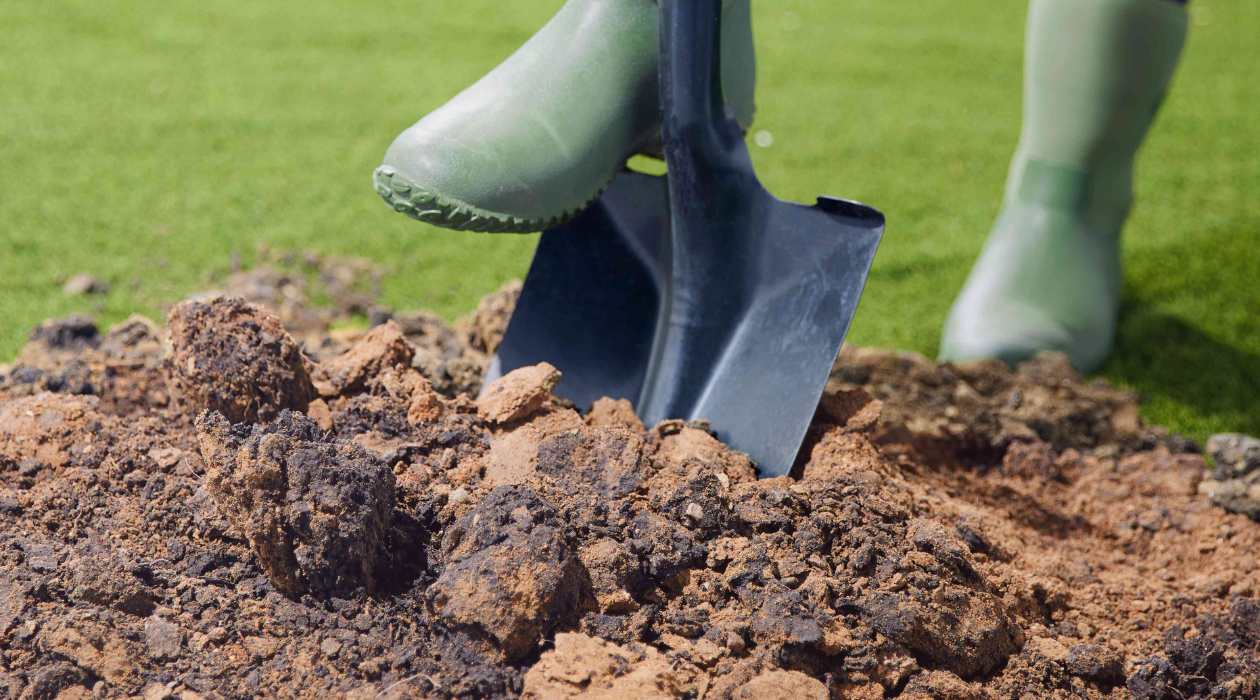
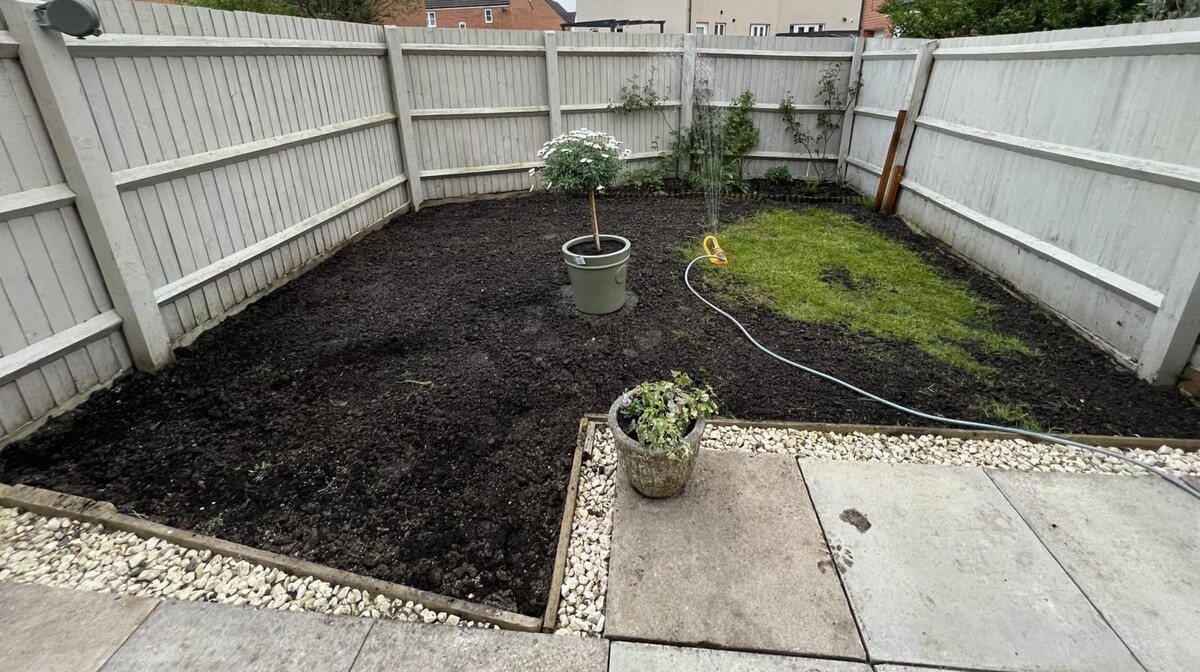
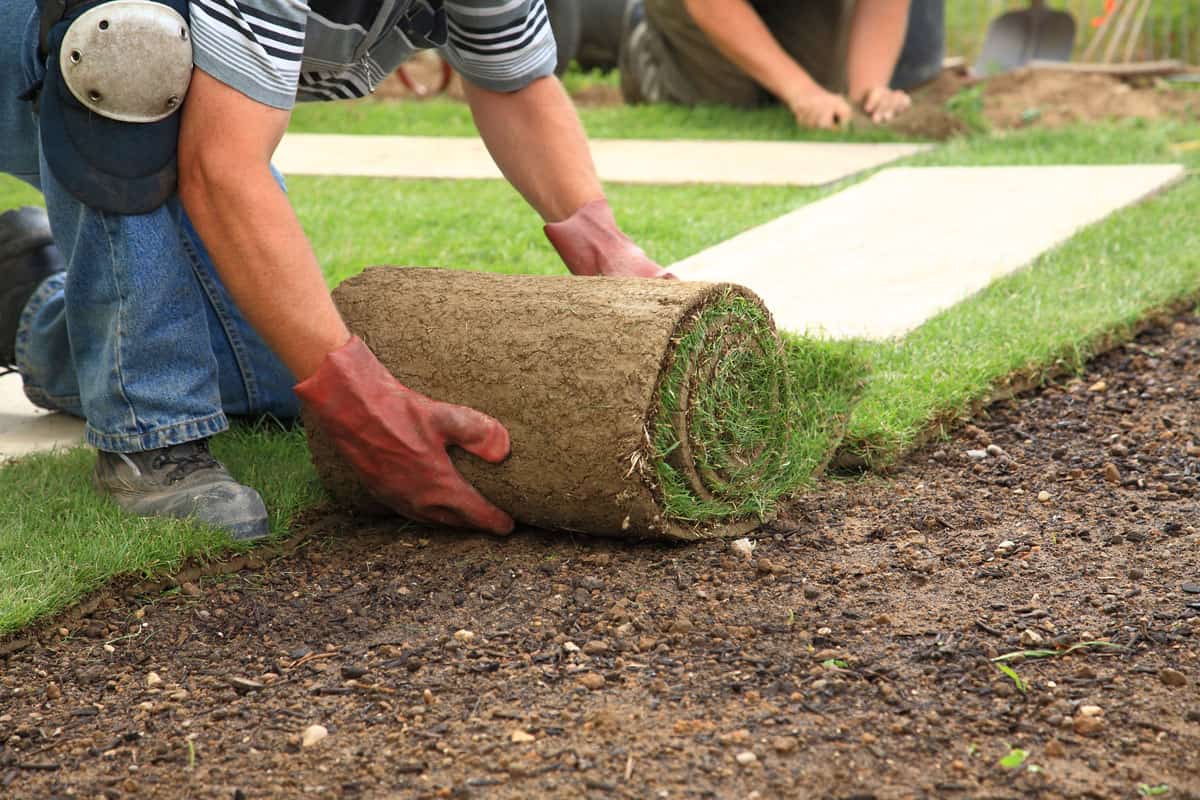
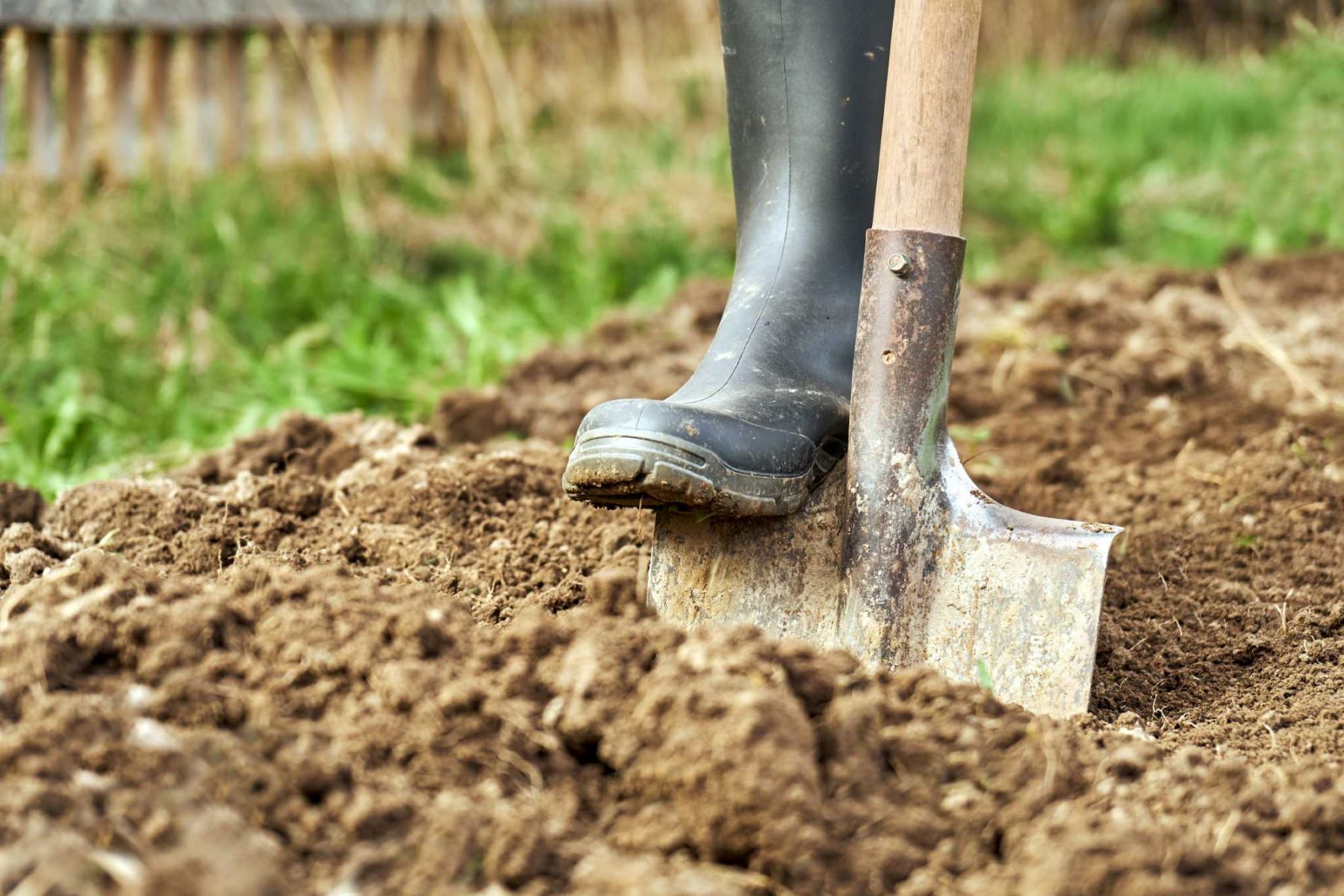
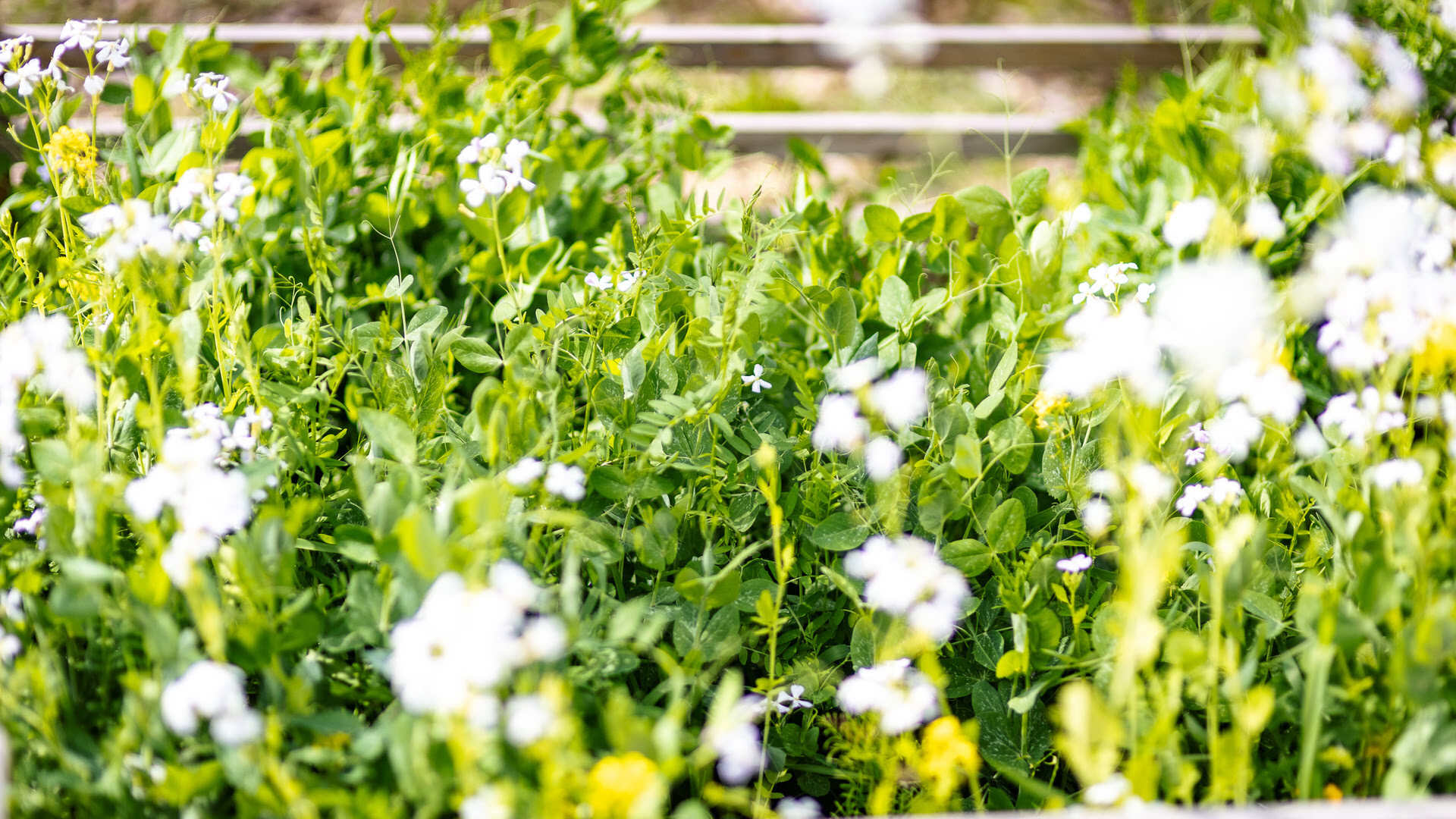
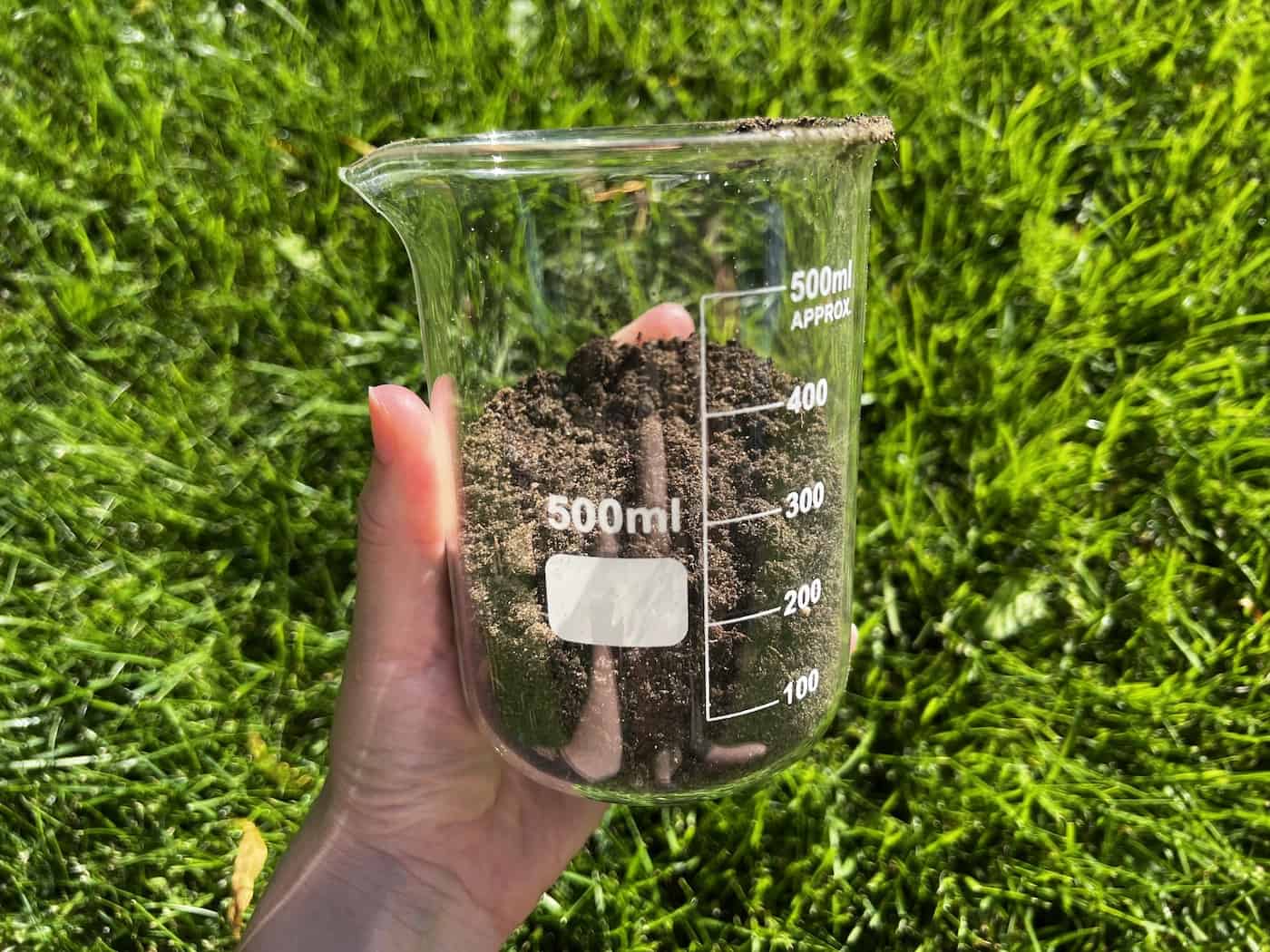
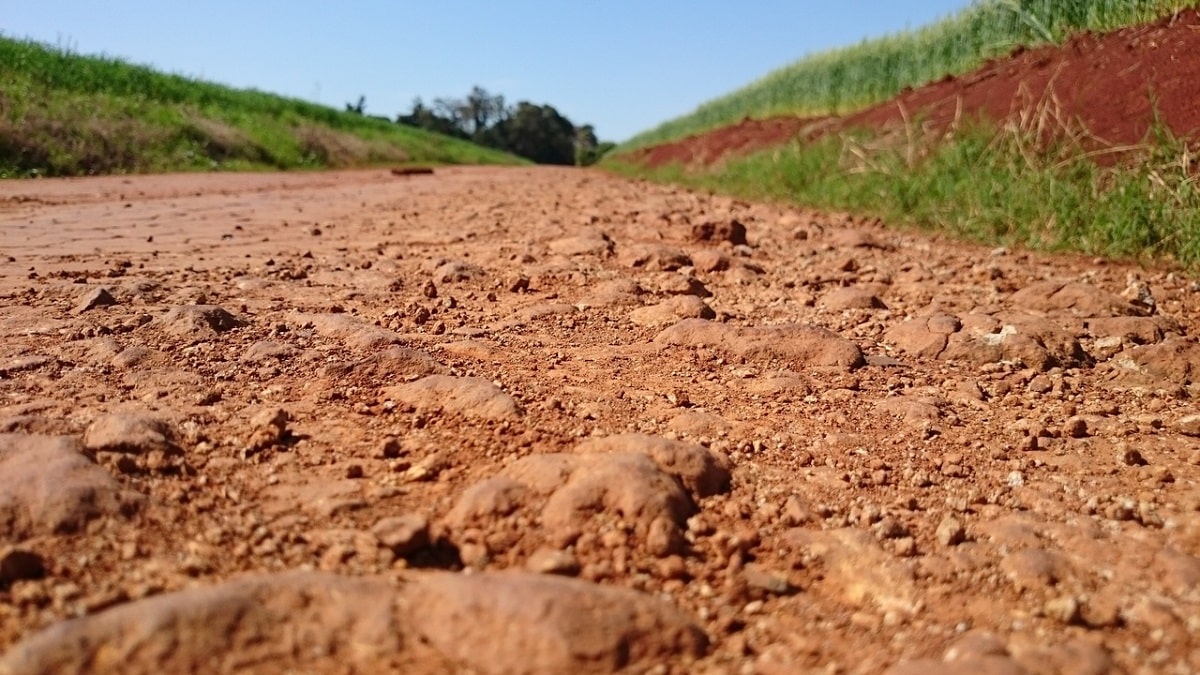
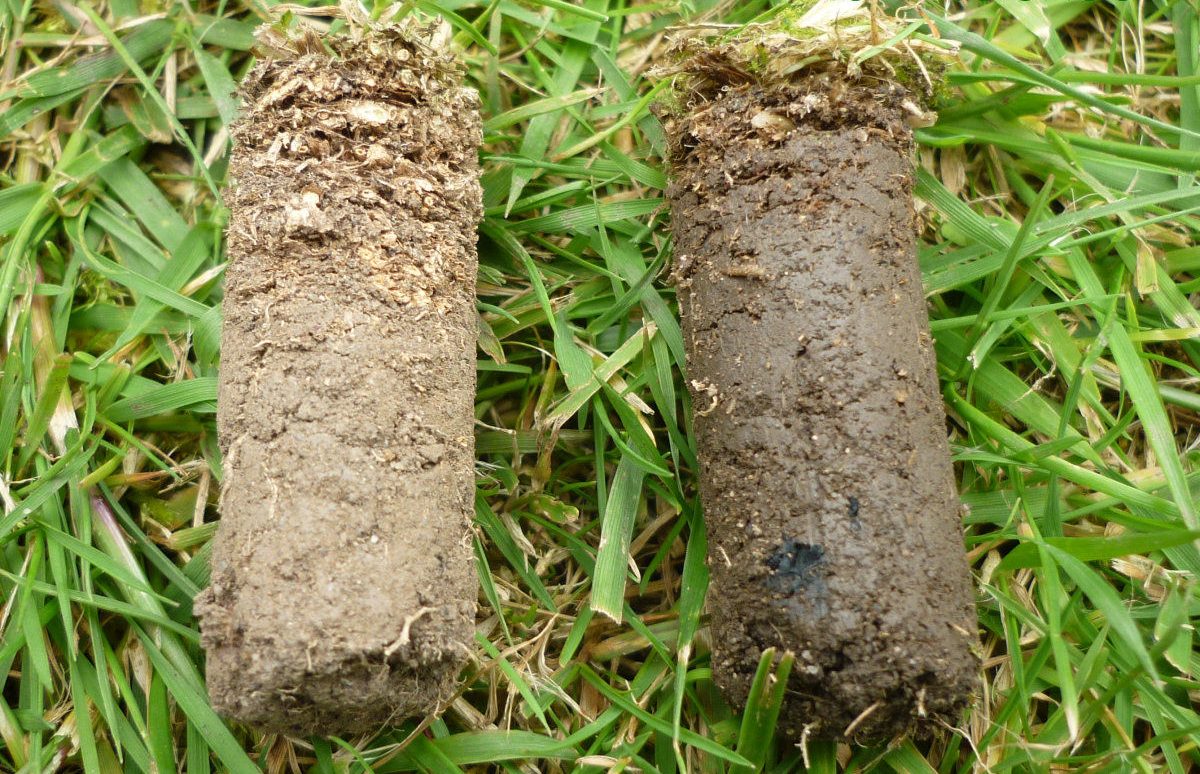
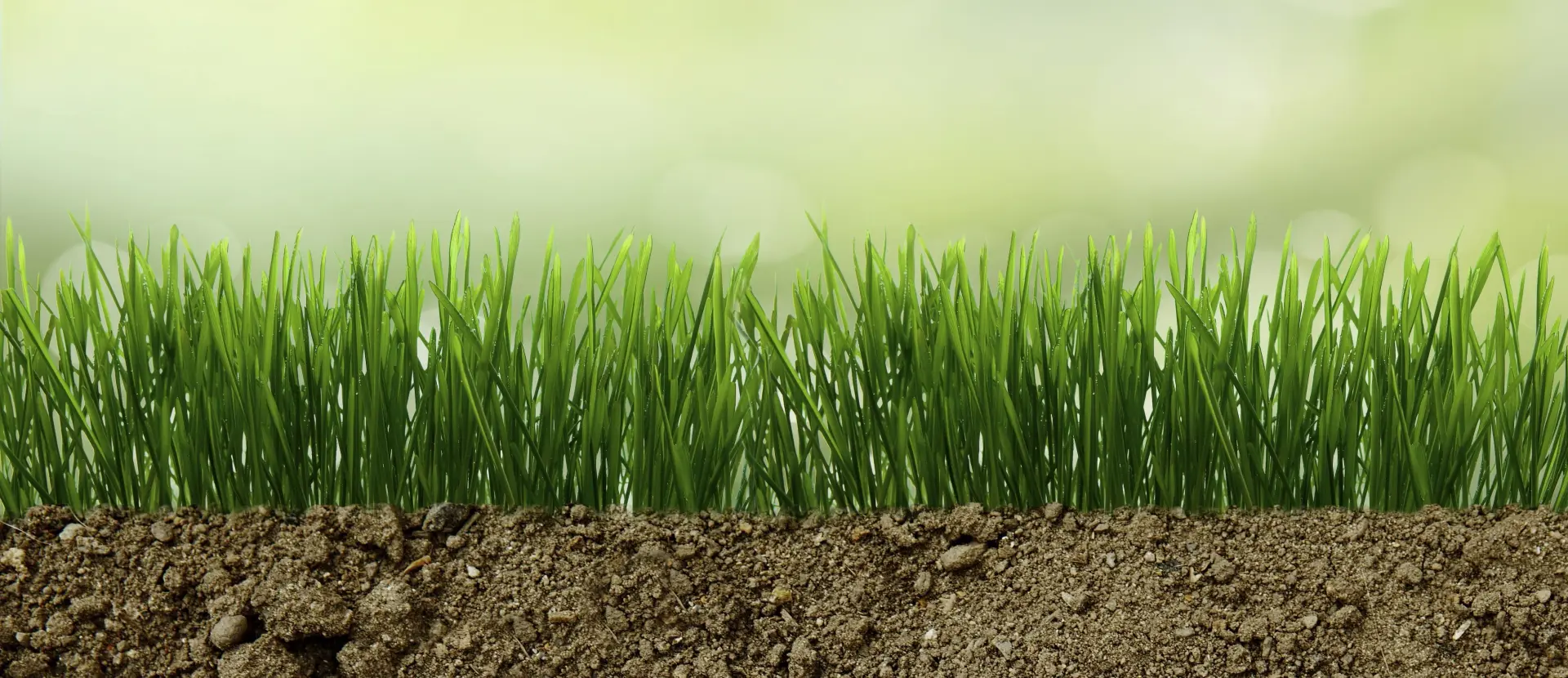
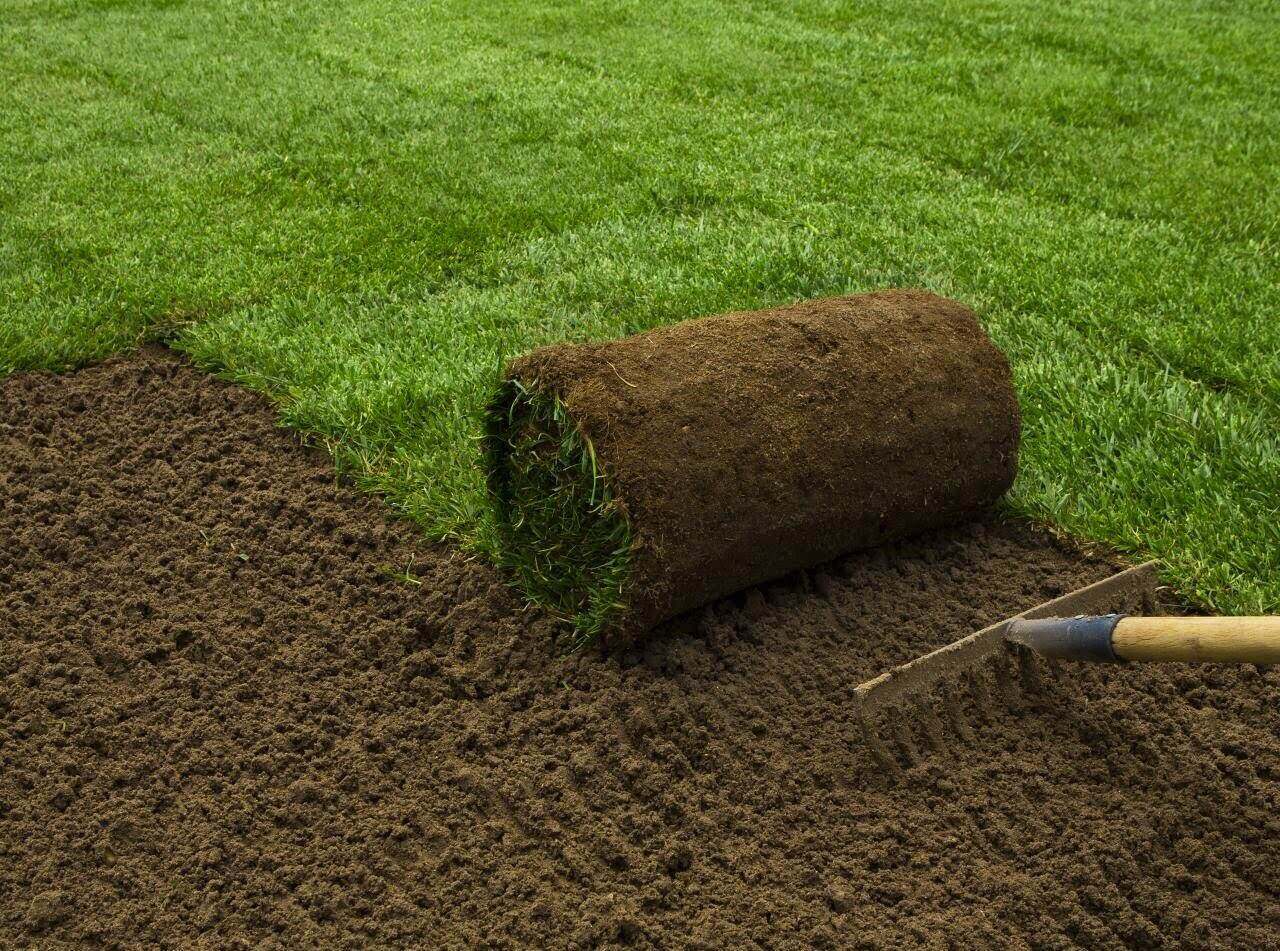
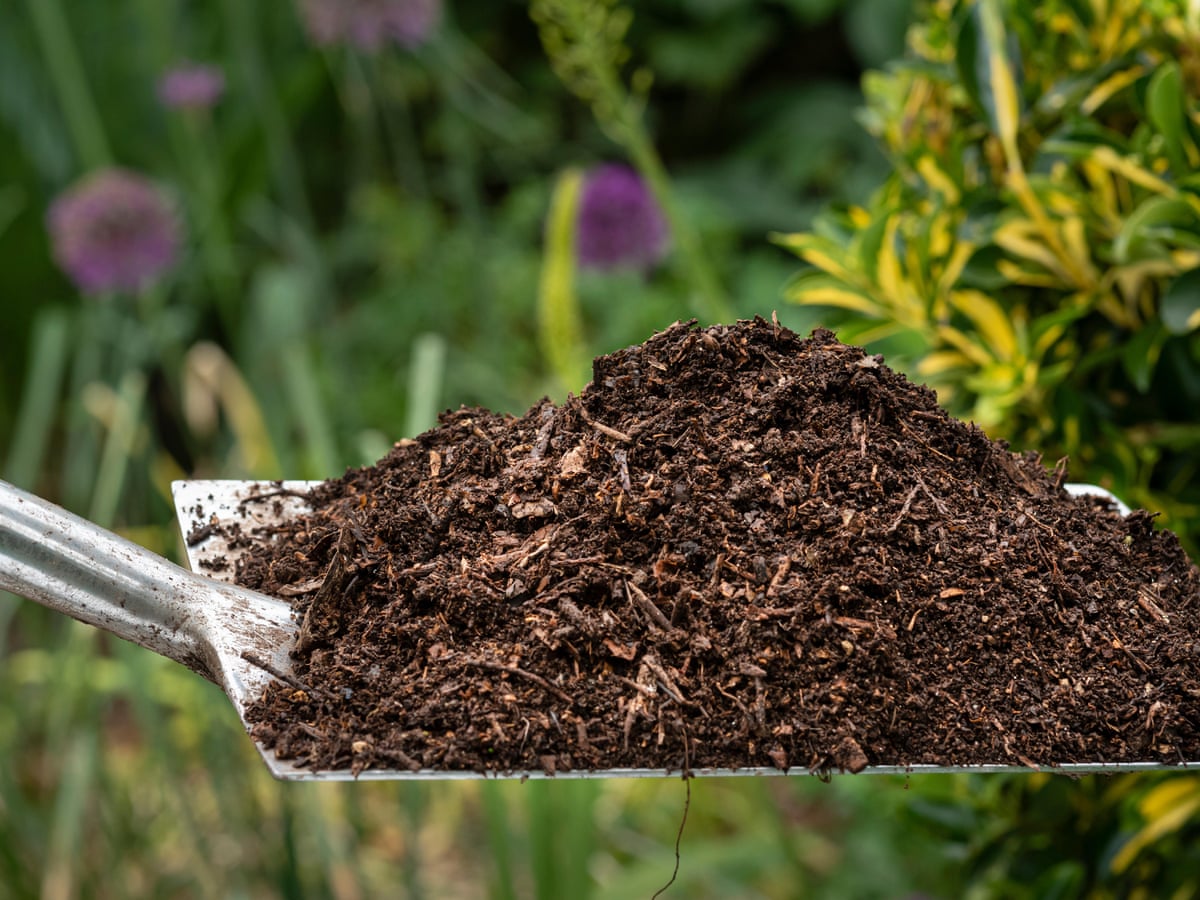
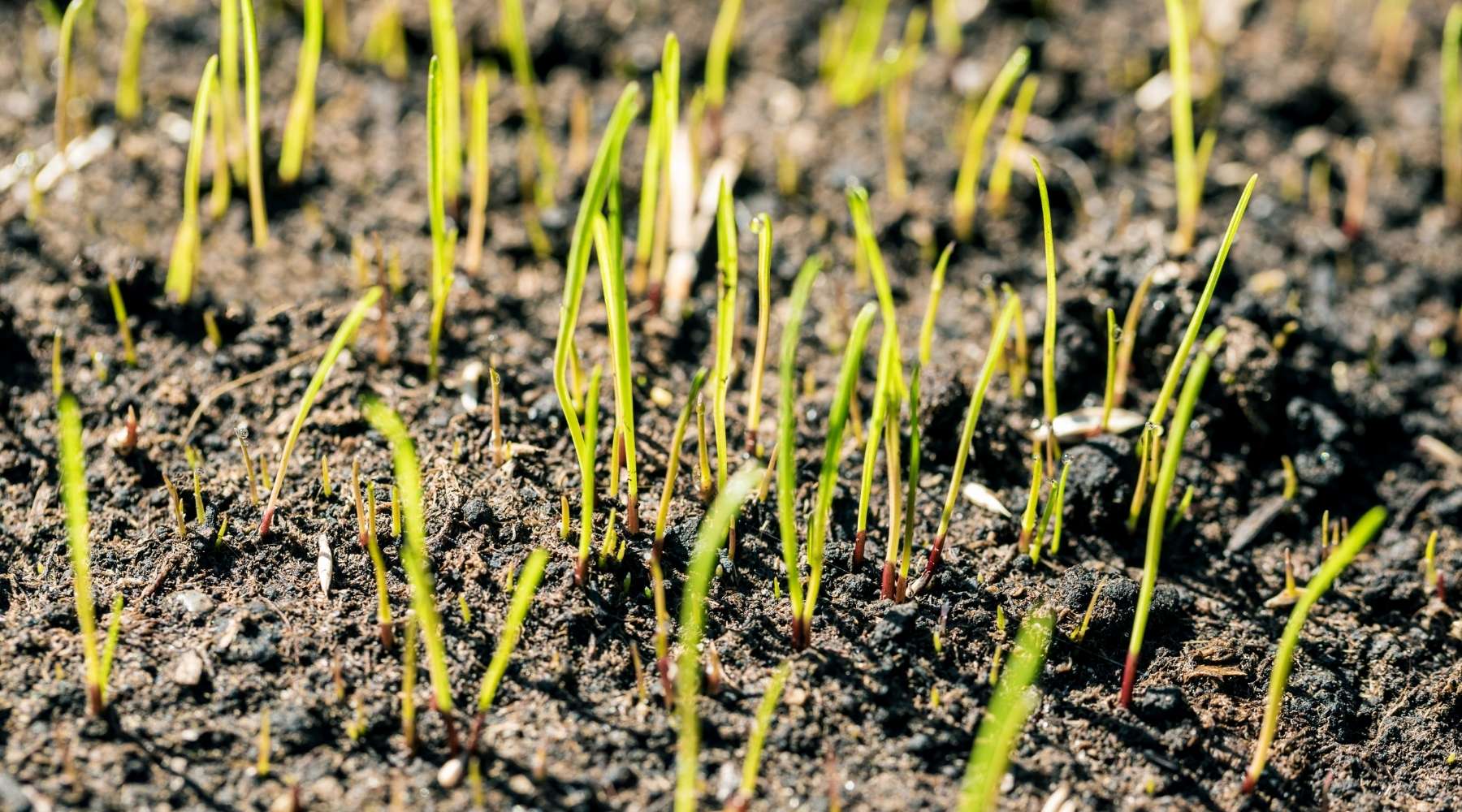
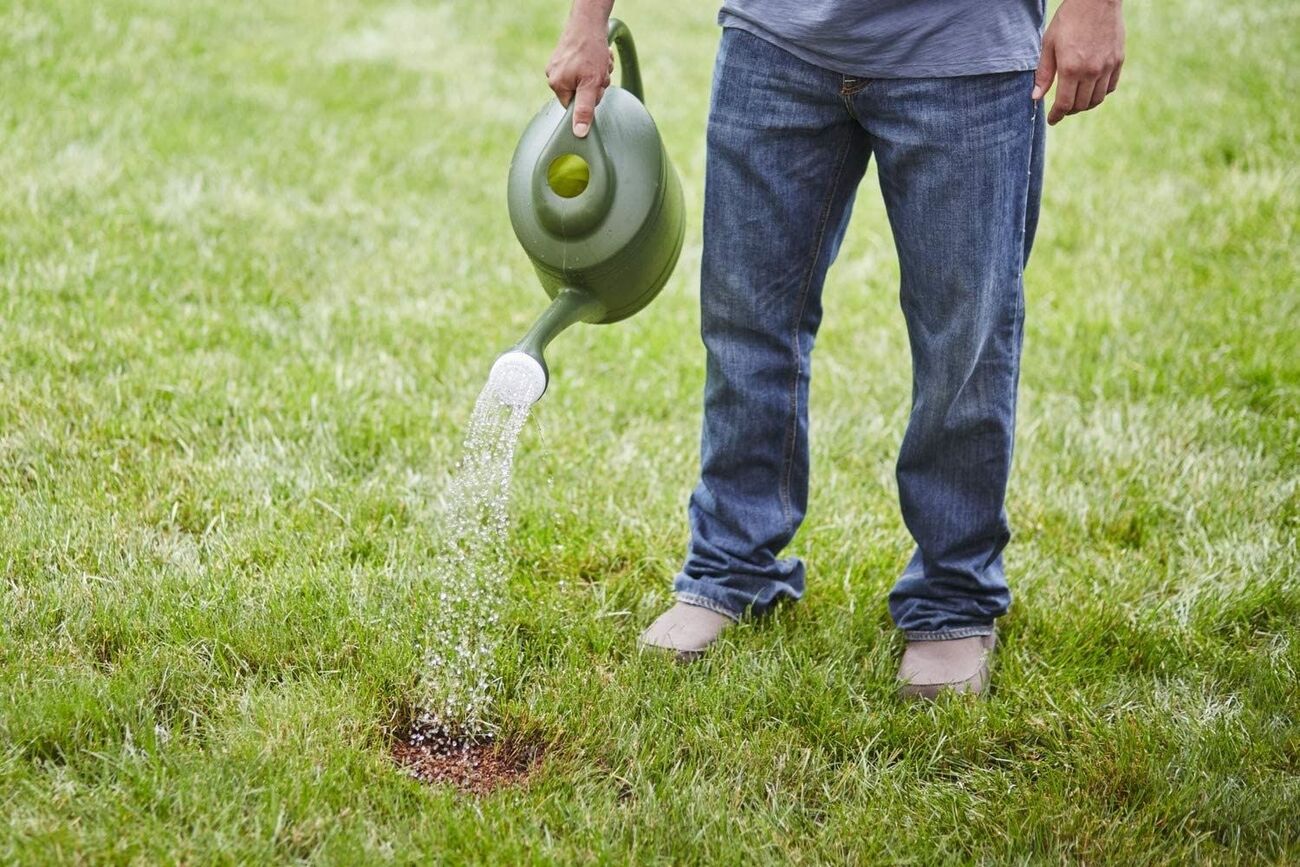

0 thoughts on “How To Grow Grass In Clay Soil”